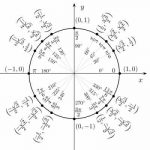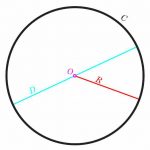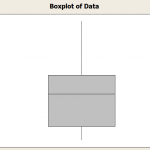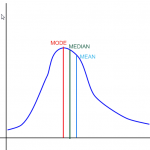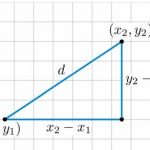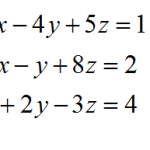What is Greek’s Geometry - The history
What is known as Greek’s geometry, or Euclidean Geometry, dates back to the Greek mathematician Euclid. He developed many of the processes and formulas that were commonly used by the Greeks. His concept was basically a way of proving any form of proposition or theorem based on the assumption of a small set of intuitively appealing axioms.

This process began with plane geometry as the basis and this remains common in the curriculum of secondary schools today. Euclid was the first to note that two points could be joined by a simple straight line and that this line was the shortest distance between these two points. This remains a key study in many mathematics courses offered today and may be the most widely used rule in the mathematics fields.
The Five Postulates:
Euclid believed that Greek’s Geometry revolved around five key components. These are defined as:
1. Any two points can be joined by a straight line which is the shortest way to join these two points.
2. Any straight line segment can remain a straight line if extended indefinitely.
3. In regards to a straight line segment, a circle can be formed using the segment as radius and one endpoint on the center of the circle.
4. All right angles are congruent, or produce a right angle on the opposite side.
5. The Parallel Postulate. If two lines are able to intersect a third line so that the sum of the inner angles on one side is less than two right angles, the two lines will have to cross each other if fully extended.
In case you have any suggestion, or if you would like to report a broken solver/calculator, please do not hesitate to contact us .


